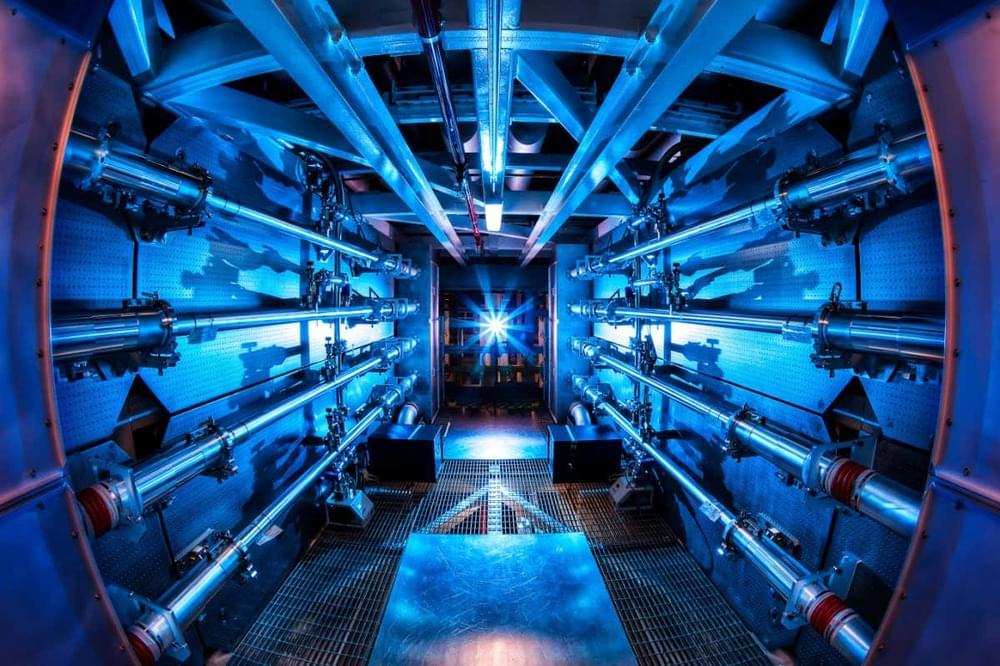Life on Earth is made possible by our planet’s magnetosphere – an invisible radiation shield that protects the surface – now it turns out that super-Earths could have magnetospheres too.



Personalized smart guns, which can be fired only by verified users, may finally become available to U.S. consumers after two decades of questions about reliability and concerns they will usher in a new wave of government regulation.
Four-year-old LodeStar Works on Friday unveiled its 9mm smart handgun for shareholders and investors in Boise, Idaho. And a Kansas company, SmartGunz LLC, says law enforcement agents are beta testing its product, a similar but simpler model.
Both companies hope to have a product commercially available this year.

How about this as an incentive to relocate: $10K in crypto and a bike.
Northwest Arkansas hopes to lure remote tech workers and entrepreneurs to the region by offering them $10,000 worth of Bitcoin (BTC-USD) and a bicycle.
“Northwest Arkansas is one of the fastest-growing regions in the country, and we’re now seeing more explosive growth in our tech sector,” said Nelson Peacock, president and CEO of the Northwest Arkansas Council.

Hypersonic speeds, 3D-printed components, and emissions-free propulsion systems are three major trends in the aerospace industry. Add reusability for increased cost-effectiveness, and you’ve got the recipe for a new-generation spaceplane that’s gearing up to make waves in just a couple of years. And it’s coming from Australia.
When he’s not busy with his day job as professor of computer and automotive engineering at Weber State University, [John Kelly] is a prolific producer of educational videos. We found his video tracing out the 22+ meters of high voltage cabling in a Tesla Model S (below the break) quite interesting. [John] does warn that his videos are highly detailed and may not be for everyone:
This is not the Disney Channel. If you are looking to be entertained, this is not the channel for you.
We ignored the warning and jumped right in. The “high” voltages in the case of an electric vehicle (EV) like the Model S is approximately 400 volts. Briefly, external input via the charge connector can be single or three phase, 120 or 250 VAC, depending on your region and charging station. This get boosted to a nominal 400 VDC bus that is distributed around the various vehicle systems, including the motors and the battery pack.

Key point: For more information on the federal tax treatment of virtual currency transactions, see these FAQs on the IRS website.
How to report crypto gains and losses on your 2021 Form 1040.
Now for the meat of this column. Despite what the IRS says, let’s use the term cryptocurrency instead of virtual currency. Onward.

In this edition of Inverse Daily, read stories about how far the James Webb Space Telescope has gone, why Axiom Space is building the station of the future, and more.

Russia’s first newly manufactured Tupolev Tu-160M strategic missile carrier made its first flight on 12 January. The flight – performed at the airfield of the Kazan Aviation Plant – took place at an altitude of 600 meters and lasted about 30 minutes. The crew of test pilots of Tupolev PJSC performed maneuvers to check the stability and controllability of the aircraft in the air. It comes under the umbrella of the United Aircraft Corporation, UAC, part of the state-owned Rostec entity.
The program for the reproduction of Tu-160 aircraft in the modernized form of the Tu-160M is a part of a state contract between the Ministry of Industry and Trade of Russia and Tupolev. As a part of the program, the design documentation for the Tu-160M aircraft was completely digitized in a short time, the technology for vacuum welding of titanium products was restored, the production of aircraft airframe units was resumed. Also, new cooperation was formed from advanced industrial enterprises in the field of metallurgy, aircraft manufacturing, mechanical engineering, and instrument making.
The team has restored the full production cycle of the Tu-160, but in the M modification, using modernized engines, modernized aircraft control systems, navigation systems, weapons control systems. The modernization of the Kazan Aviation Plant played an important role in restoring the production of unique aircraft. The aircraft retains its appearance but is created on a completely new technological base using digital technologies.

Originally published on Towards AI the World’s Leading AI and Technology News and Media Company. If you are building an AI-related product or service, we invite you to consider becoming an AI sponsor. At Towards AI, we help scale AI and technology startups. Let us help you unleash your technology to the masses.
Is GPT-3 available for free? The answer is Yes, and it is now available to all.
OpenAI recently ann ounced the expansion of its cloud-based OpenAI API service, which allows developers to create apps based on the research group’s powerful GPT-3 artificial intelligence model. Previously, developers had to sign up for a waitlist, and there was limited capacity.